
Welcome to Interference No. 8 Sonic Practice Now. This issue marks a collaboration between The Irish Sound, Science and Technology Association and this journal. Formed in 2011, ISSTA promotes sonic practice in Ireland and internationally, primarily by hosting an annual conference and festival, sharing research and artistic practice through papers, installations, concerts, workshops, and other modes of presentation.
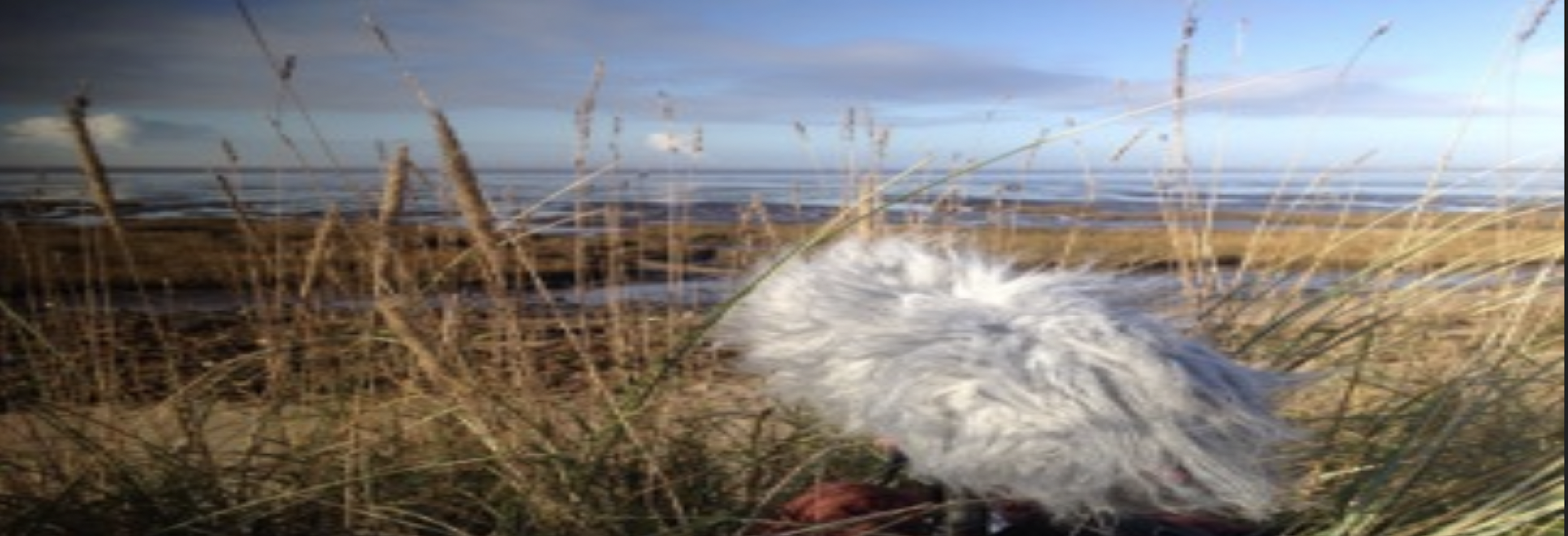
This special issue of Interference (Issue 7) Sound + Environment: Sense of Place, publishes expanded articles based on peer reviewed papers selected for the Sound + Environment 2017 conference held at the University of Hull in June/July 2017. It is one of three journal issues publishing work from the conference. The other journals being Sonic Ideas (ISSN 2317-9694), published by CMMAS (Centro Mexicano para La Música et las Artes Sonoras), and Soundscape, published by the World Forum for Acoustic Ecology.
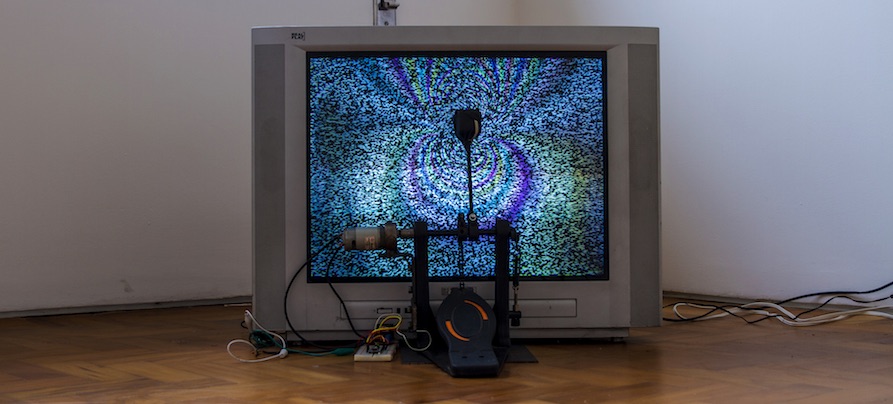
We are delighted to present a guest-edited issue of the Interference Journal. The editors Fernando Iazzetta, Lílian Campesato and Rui Chaves present Out of Phase, a selection of papers from the Sonologia 2016: Out of Phase conference. I would like to thank the team of editors at the Interference Journal, Tony Doyle, Rob McKay, Kate Carr, Brian Bridges and Stephen Roddy for finalising this latest issue.
Editor in Chief, Linda O Keeffe
_______________________________
This special edition (6th issue) of Interference: A Journal of Audio Cultures, edited by Fernando Iazzetta, Lílian Campesato and Rui Chaves, comprises of a peer-reviewed [1] selection of papers that were previously presented at the Sonologia 2016: Out of Phase conference. [2] This sound studies focused event took place in São Paulo, between the 22nd to the 25th of November (2016). The conference garnered a positive interest from a diverse set of researchers. In total, we had over 160 submissions in which we ended up selecting 40 presentations from 14 different countries that covered a wide array of areas and disciplines.
Issue Contents
This issue of Interference asked authors to consider sound as the means to which we can explain the sonic. Contributions to the study of sound, apart from practice-based works, are often disseminated through language and text. This is the case for most analysis or research into sensory based and phenomenological studies. There is of course a strong case to be made for text; it is the universal way in which contemporary knowledge is transmitted. But perhaps there is an argument to be made for new ways to not only explore sound but to disseminate ideas around the sonic. For example, in what way can ‘sonic papers’ represent ideas about the experience of space and place, local and community knowledge? How can emerging technologies engage with both the everyday soundscape and how we ‘curate this experience’? What is the potential of listening methods as a tool to engage community with ‘soundscape preservation’ and as a tool to critique and challenge urban planning projects?
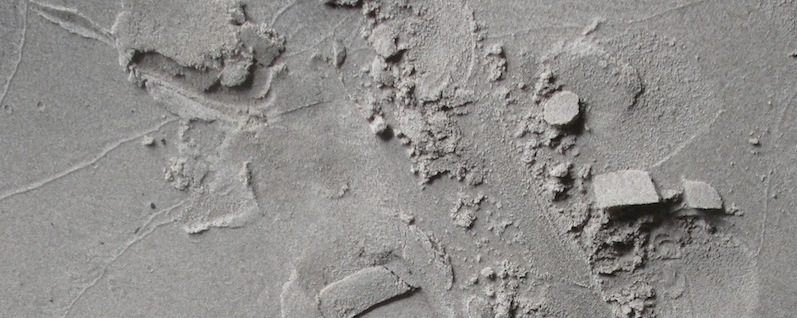
For this issue of Interference we invited papers that addressed any aspect of auditory cultures but placed some emphasis on the methodologies and frameworks that informed research and practice. Sound is an epistemological practice and methodology that is now brought to bear in areas such as sociology, anthropology, geography and cultural studies, to name just a few disciplines. Auditory practices now complement, augment or replace existing methods. This becomes about listening in the traditional sense – to spaces, histories or discourses – but it is also about developing particular embodied, temporal, or ambulatory attitudes to empirical enquiry. There is a ‘sonic sensibility’ and the approaches featured in this volume suggest that this goes beyond simply lending the world an ear. However, we also recognise that Sound Studies is now so well-established in its own right that it is time to take stock of the methods and approaches that constitute the discipline…
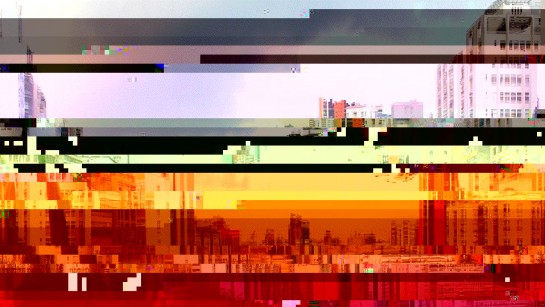
The noises of a society are in advance of its images and material conflicts. Our music foretells our future. Let us lend it an ear. – Jacques Atalli
We wanted to begin this issue with an acknowledgement that ‘noise’ today is not necessarily a disruptive force operating outside of what is being disrupted. Taking this as a starting point, how might we think of noise as a constructive set of audiosocial tactics that disturb systems (genres, institutions, orders) from within? This means thinking about noise not only within traditionally sonic categories such as tonal dissonance or vibrational force, but inviting an expanded view that considers how sonic strategies intersect with broader social, technical and political forms of conflict. Here an array of sonic considerations, from unwanted sounds, chaotic frequency distribution, deconstructive remainder, systemic glitch or excess, blend and gesture both to cultural practices of dissent and their broader socio-political resonances.
Issue Contents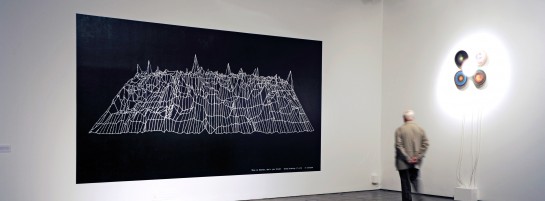
The project for A Sonic Geography began with a recognition of the vibrancy and increasing significance of various bodies of work on auditory space. Practices such as aural architecture, soundscaping, spatial music and sonic sculpture now find a non-specialist public and an institutional legitimacy that fosters future development. Moreover, theoretical research tracing sonic phenomena as cartography, site-specific signifier, or spatial strategy has acquired a new maturity in recent years. Interference wishes to progress this interaction between theoretical reflection from different domains of research and sustained practical experimentation as it generates new possibilities for auditory spatial awareness.
Issue Contents
The title of the inaugural issue of Interference – “An Ear Alone is Not a Being” : Embodied Mediation in Audio Culture – acknowledges acoustic practices that involve not just the ear but a corporeal body that senses, resonates, transduces and responds to sound, and furthermore, seeks to emphasize the legacy of this embodied listening subject in the practices, media, and conceptual frameworks that make up audio cultures. ‘Embodied mediation’ presumes a reciprocal process: the texts in this issue explore not only how listening experiences and acoustic practices are shaped by corporeality, but also attend to the many ways in which those processes work upon that body, through psychophysical affect and the representation and encoding of listening subjects in acoustic performances, technologies and cultural artefacts.
Issue Contents
